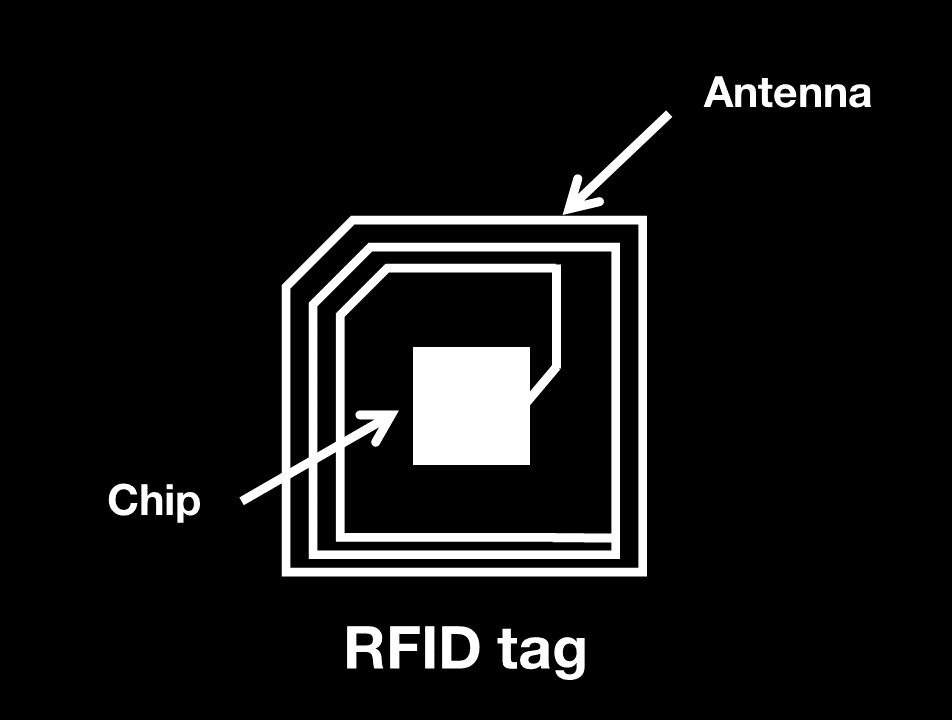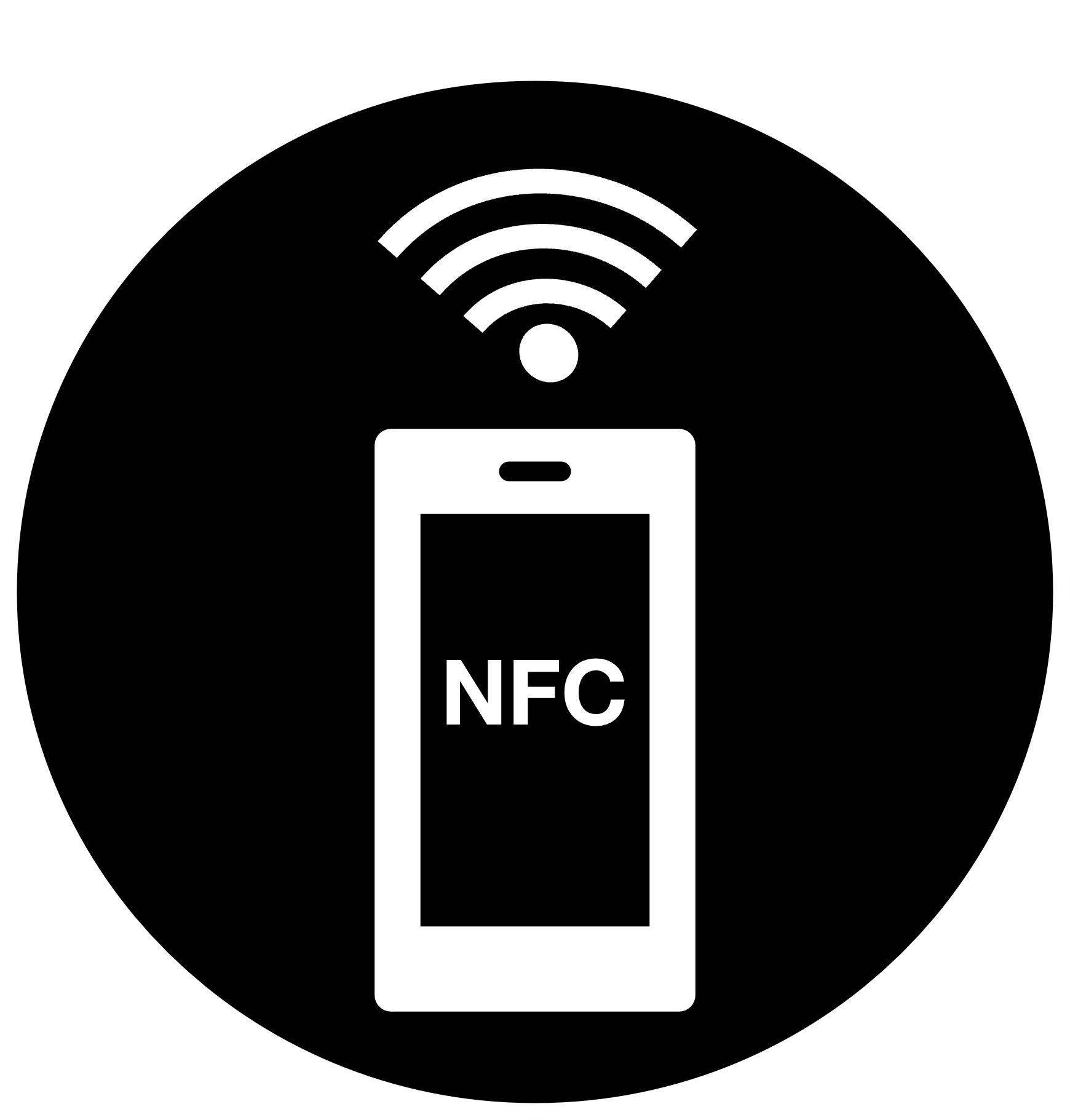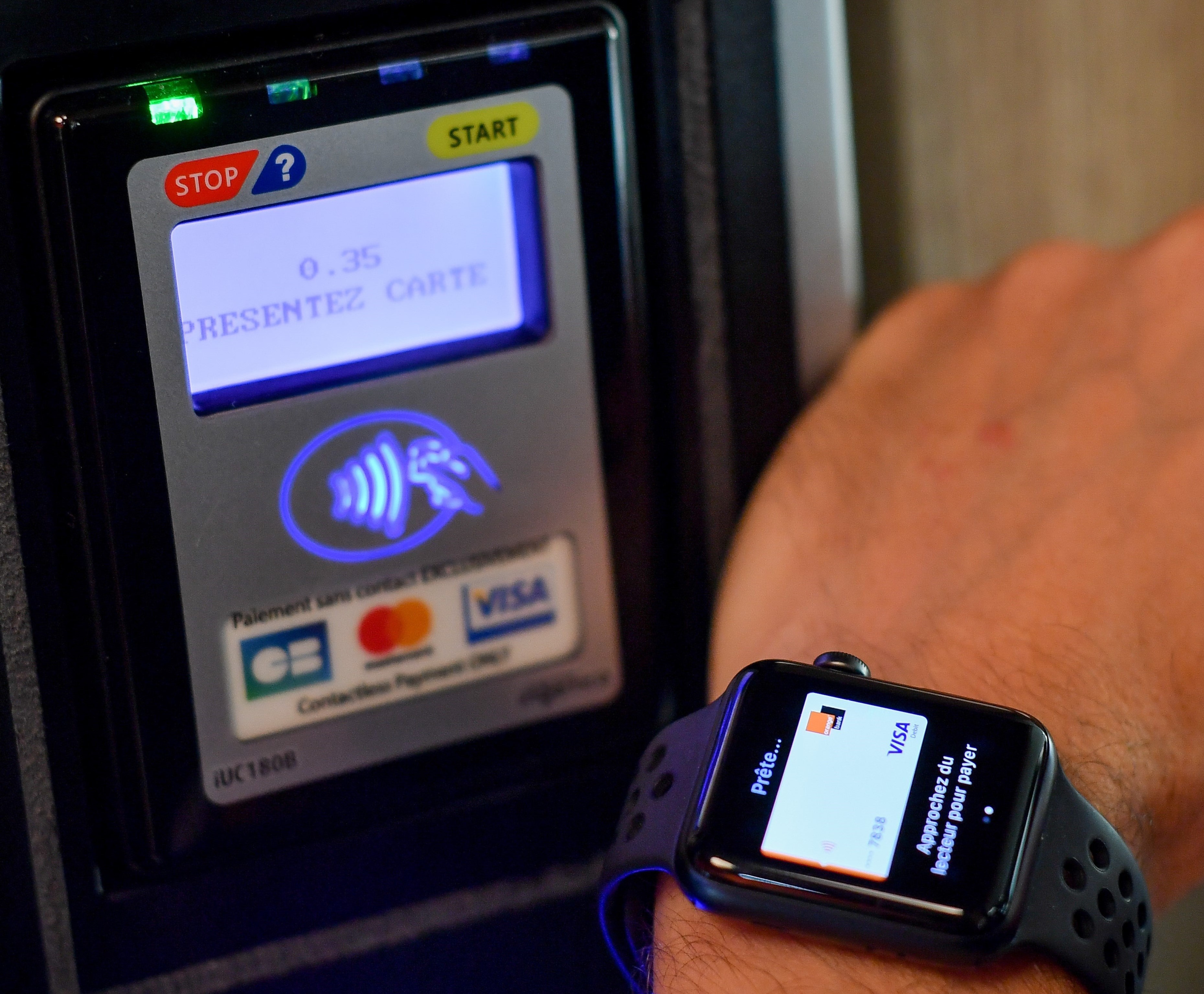What is the difference between NFC and RFID?
RFID and NFC are two technologies that work on the same principle. So, people tend confuse them. Even if this is not fundamentally wrong, there are differences between NFC and RFID. Here are our explanations and some examples of applications.
Contents:
- The difference between NFC and RFID
- RFID definition and applications
- NFC definition and applications
- When to choose NFC or RFID
The difference between NFC and RFID
RFID and NFC are two technologies for communicating data at a distance. At a fundamental level, NFC can be considered part of the RFID family. The main difference lies in the range of communication.
While RFID can be used to receive and transmit radio waves over distances of 100 metres or more (for active tags, equipped with their own battery), NFC is limited to no more than 20 cm in the best cases. In reality, NFC’s range is more like 0 to 5 cm.
There is another difference between NFC and RFID: the frequency of the radio waves used. While RFID uses numerous frequency bands, NFC is limited to a high frequency at 13.56 MHz.
RFID definition and applications
Definition of RFID
 |
RFID is the acronym for Radio Frequency Identification. The RFID system uses mostly high frequency radio waves to transmit and memorise data. The first application of the technology was by the British in 1935, trying to tell the difference between friendly and enemy aircraft on their radar. That was when the famous transponder was introduced, a method of identification still used in aircraft today.
|
How RFID works
You need an RFID reader, comprising an emitter-receiver and an antenna, and a transponder, sometimes called an RFID chip, label or tag. The reader is constantly emitting a signal; when a corresponding tag comes in range, it receives the signal and responds to the reader with the information requested.
Active tags have a battery enabling them to send data over a bigger distance (around 100 metres) and to record new data. Passive versions have no battery, which limits their performance: the tags are activated by the radio waves emitted by the reader.
RFID applications
RFID technology is now widely used in public-private applications. One of the best known is automatic road tolls. The electronic toll system benefits numerous car and truck drivers in their work and life every day.
This communication technique is also ever more prevalent in the Internet of Things (IoT). Industrial, commercial and transport sectors make use of the technology for numerous applications:
- RFID helps with installation maintenance in the energy sector.
- Identifying items at a distance and all at once, unlike bar-codes and QR codes.
- Quicker and more efficient stock management. Stock can also be tracked in real time.
- Product traceability. Useful in the food industry where it is very important to be able to trace production chains.
- Optimising logistics: managing transporters and the goods to be transported.
There are many more applications, because when the RFID system and the IoT are combined, your imagination is the only limit.
NFC definition and applications
Definition of NFC
 |
NFC, or Near Field Communication, is an offshoot of RFID technology. This is why they can be confused. NFC also involves sending data using radio waves, but only at very short distances. The various devices using the NFC system all use the same radio frequency (13.56 MHz), the aim being to limit their range to 20 cm at the very most. This meets requirements for data security.
|
How NFC works
The NFC system requires the use of a reader - the terminal, and a receiver - the tag or label. The terminal and tag communicate with each other through electromagnetic induction. This can only function at very short distances. The classic example of the benefit of this short range, and associated security, is contactless payment with a bank card.
NFC applications
NFC technology is best known in the field of smartphones. For a few years now, mobile phones have been used for contactless payments, validating train tickets, and so on. There are plenty more applications for NFC, for both personal and professional use, for instance:
 |
|
When to choose NFC or RFID
Devices using NFC and RFID technologies offer numerous benefits for both users and companies. These benefits multiply if the devices are linked to the IoT: the introduction of additional data from the cloud, secure data transfers, long distance communication, and more. For help with your digital transformation and to know exactly when to use NFC rather than RFID, just get in touch. We can give you the advice you need.
See also: